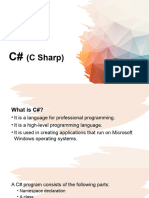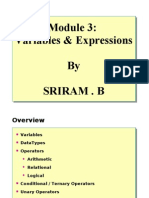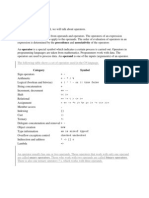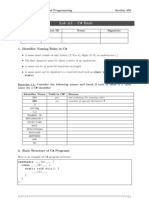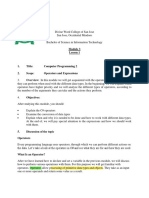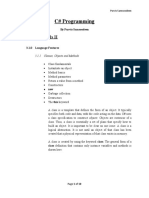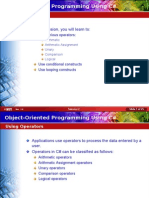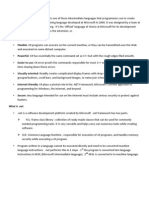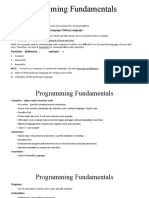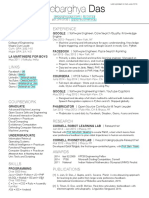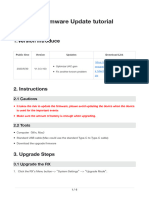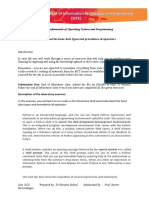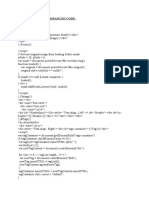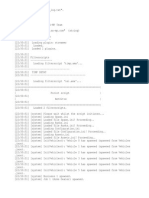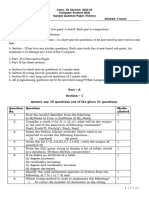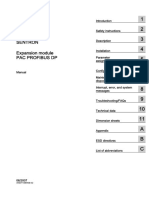0% found this document useful (0 votes)
8 views36 pagesLesson-2 Elements of A C Program
The document provides an overview of the elements of a C# program, including variables, data types, statements, comments, expressions, constants, and operators. It explains the syntax for declaring variables, initializing them, and the various types of operators available in C#, such as arithmetic, relational, and logical operators. Additionally, it covers operator precedence and provides examples to illustrate the concepts discussed.
Uploaded by
jaylyndelarosa18Copyright
© © All Rights Reserved
We take content rights seriously. If you suspect this is your content, claim it here.
Available Formats
Download as PDF, TXT or read online on Scribd
0% found this document useful (0 votes)
8 views36 pagesLesson-2 Elements of A C Program
The document provides an overview of the elements of a C# program, including variables, data types, statements, comments, expressions, constants, and operators. It explains the syntax for declaring variables, initializing them, and the various types of operators available in C#, such as arithmetic, relational, and logical operators. Additionally, it covers operator precedence and provides examples to illustrate the concepts discussed.
Uploaded by
jaylyndelarosa18Copyright
© © All Rights Reserved
We take content rights seriously. If you suspect this is your content, claim it here.
Available Formats
Download as PDF, TXT or read online on Scribd
/ 36







